EXIN SIAM™ Professional
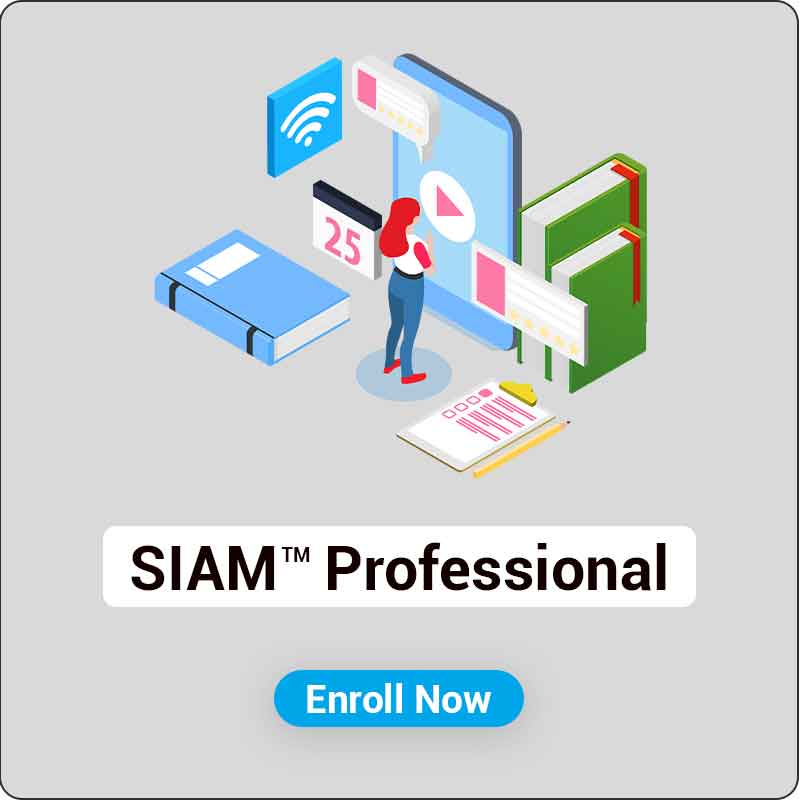
Accredited By
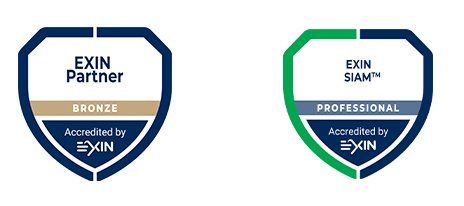
Course Package
Exam Voucher by EXIN
Official Training Material from EXIN
Official SIAM Professional E-Book
Highly Experienced & Accredited Instructor
Live Instructor-Led Sessions
Real Life Examples & Case Studies
Lifetime LMS Access
K-Prime Warranty
Target Audience of EXIN SIAM™ Professional Certification
All individuals from beginner – senior level, who are responsible and accountable for the management of IT Services in any organisation and most commonly include the below (but not limited to) designations:
-
Service Integration and Management (SIAM) Practitioners
-
Service Managers and Service Owners
-
IT Managers and IT Professionals
-
IT Service Providers and Suppliers
-
Process Owners and Process Managers
-
Project and Program Managers
Pre-requisites of EXIN SIAM™ Professional Certification Training
Candidates seeking the EXIN SIAMTM (Service Integration and Management) Professional certification must satisfy the following prerequisites:
-
Accredited SIAM™ Professional training, including successful completion of the Practical Assignments.
EXIN SIAM™ Professional Exam and Certification Information
This certification has a 2-part exam.
Part 1
Practical Assessments
-
4 assignments each duration is 90 minutes, these assignments are based on case studies which are provided during the training, these assignments will be assessed by the trainer.
Part 2
-
Exam Type: Objective Testing
-
No. of Questions: 40
-
Exam Duration: 90 Minutes
-
Exam Format: Multiple Choice Questions (MCQ)
-
Pass Marks: 26 out of 40 (65%)
-
Exam Type: Closed Book
-
Exam Content: The questions test your understanding and application of SIAM concepts, principles, practices, and processes. They assess your ability to analyze SIAM scenarios and make appropriate decisions based on the given information.
EXIN SIAM™ Professional Certification Journey
Course Outline
- Overview of the SIAM framework and its benefits
- Understanding the need for service integration and management in complex service ecosystems
- Roles and responsibilities of a SIAM Practitioner
- The stages of the SIAM implementation journey
- Defining the vision, strategy, and governance for SIAM
- Planning and preparing for SIAM implementation
- Managing the transition to the SIAM operating model
Check Our Upcoming Batches
Why Knowlathon








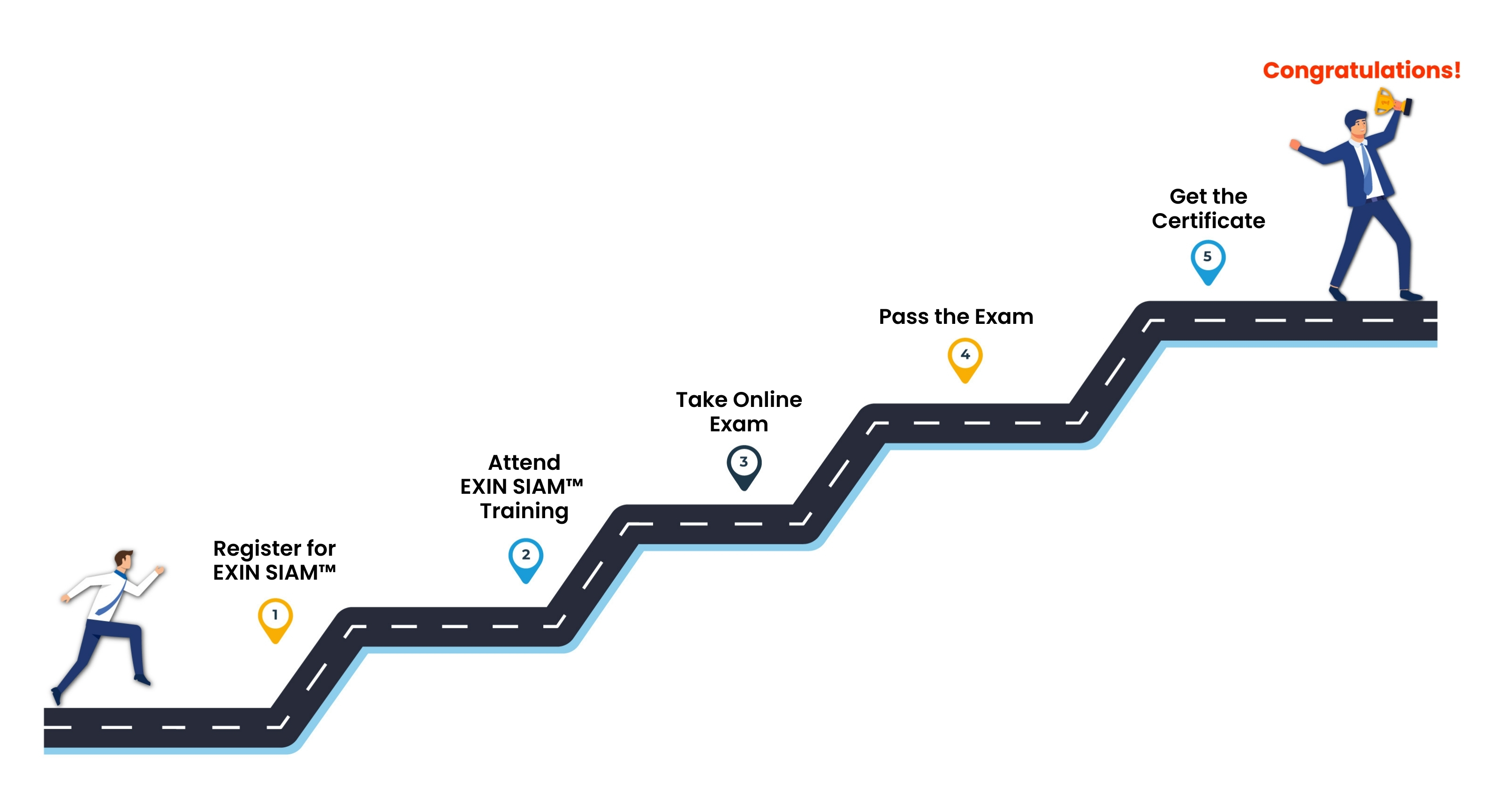
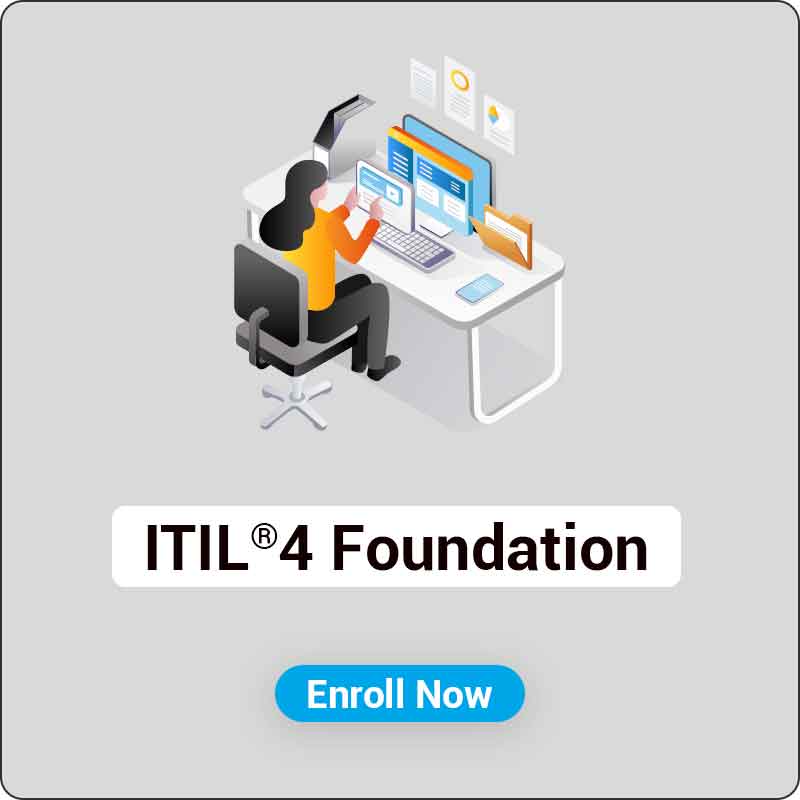
.jpg)
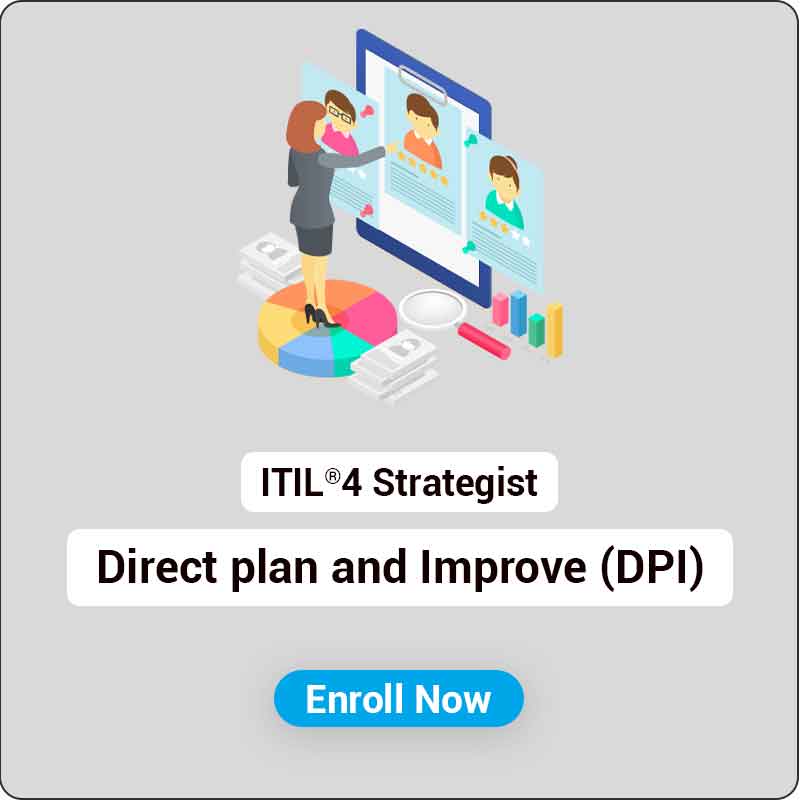
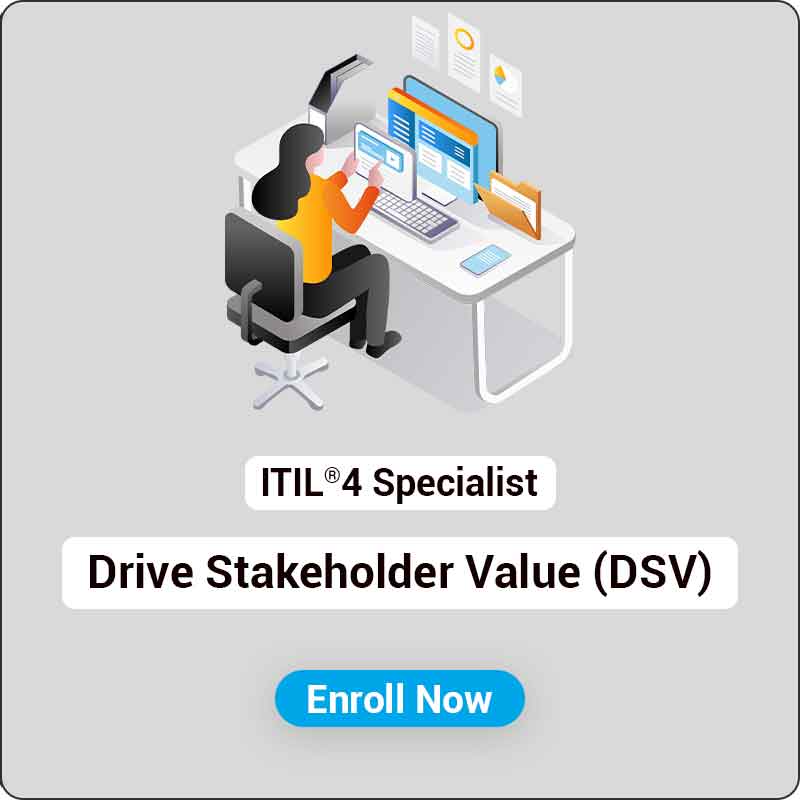
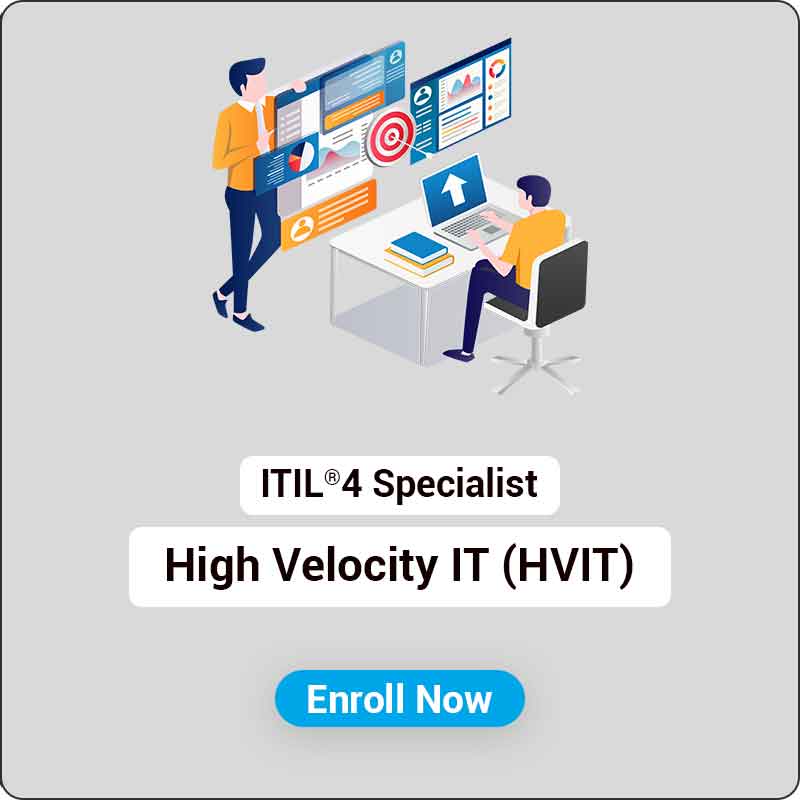
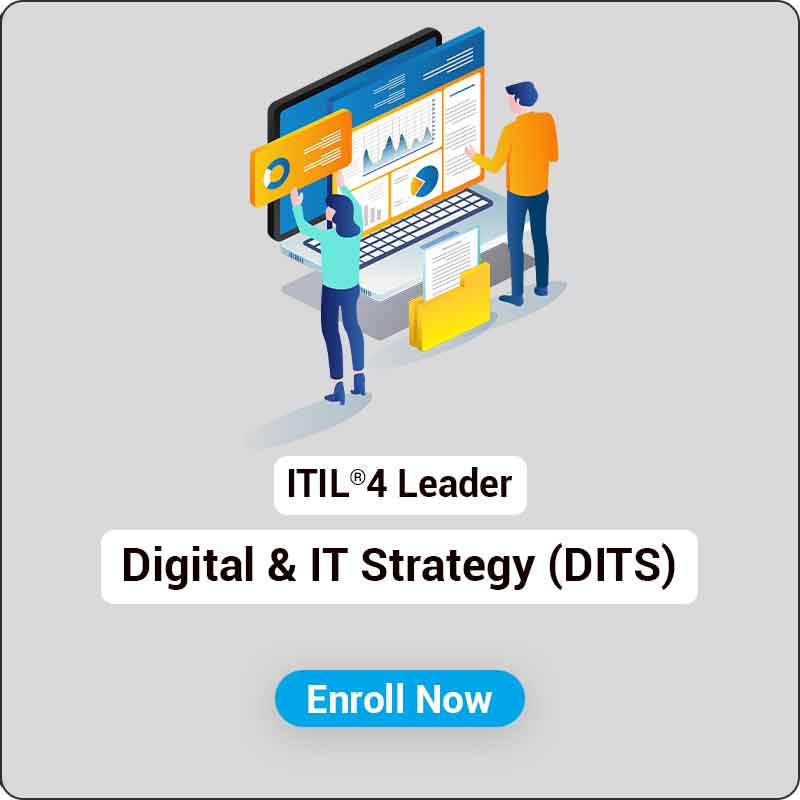
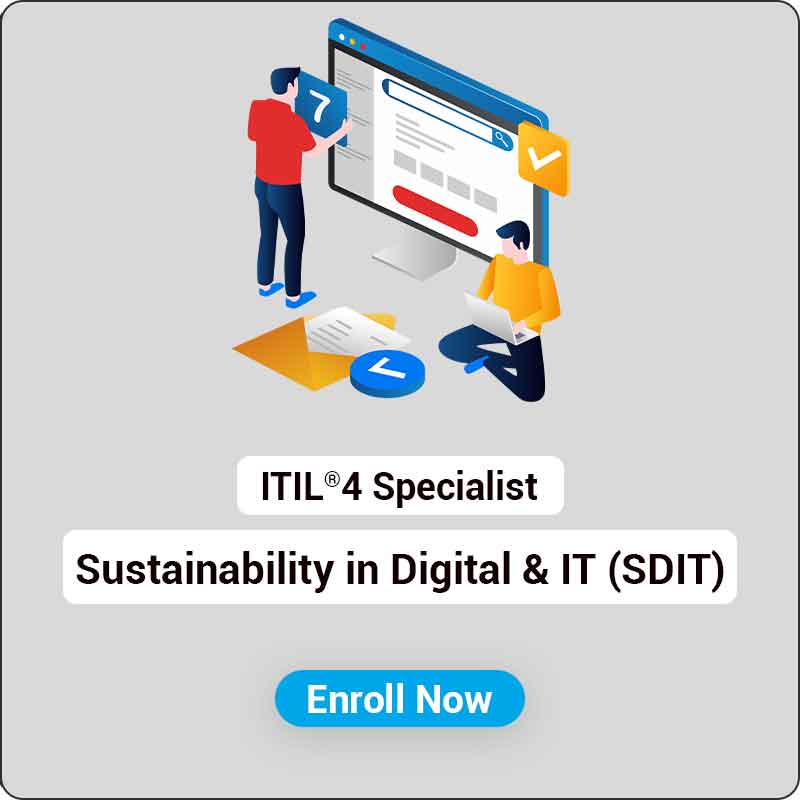
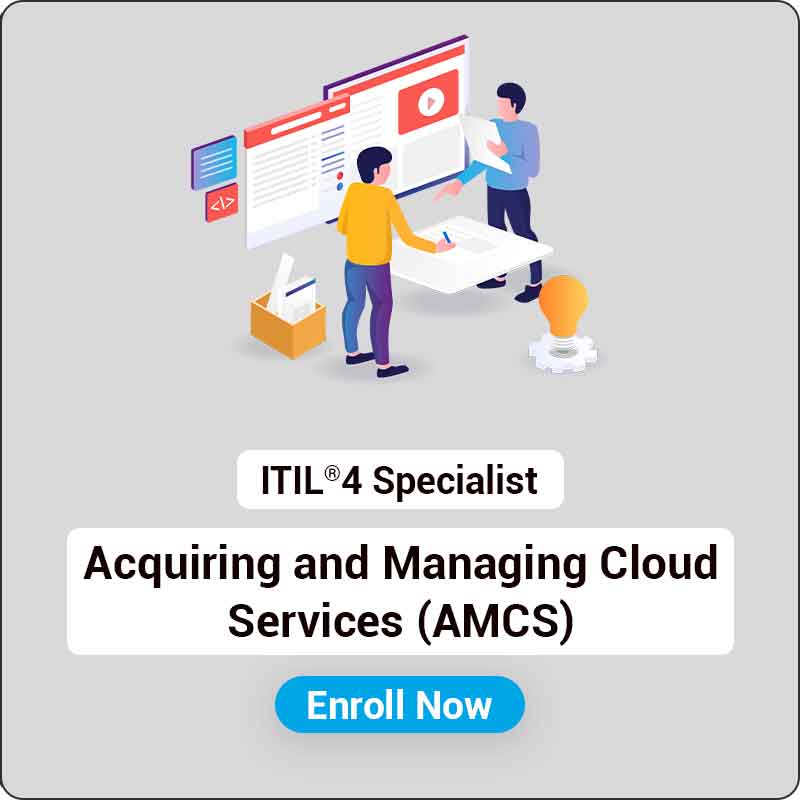
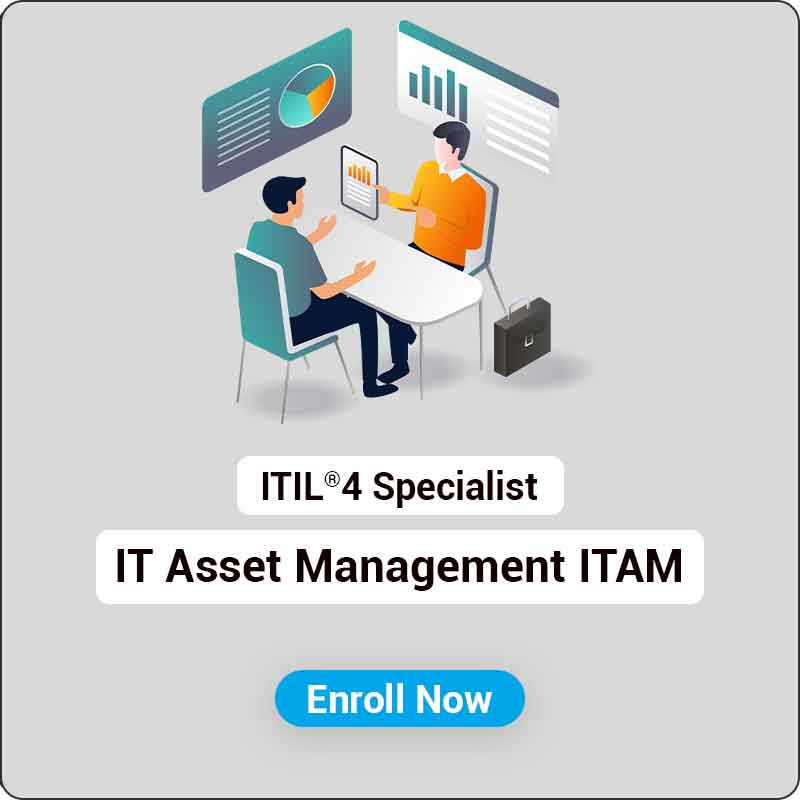
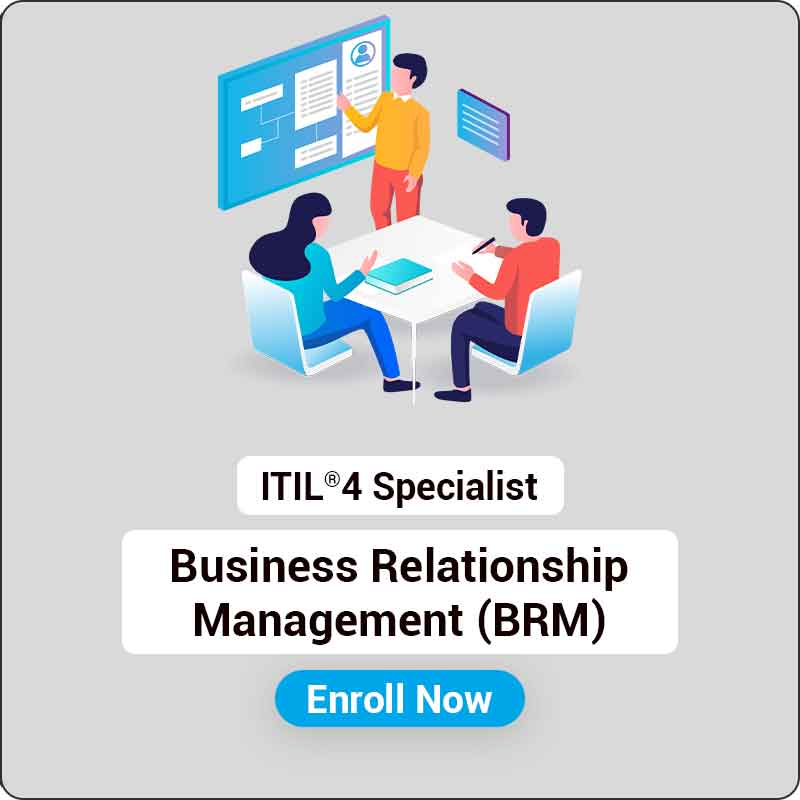
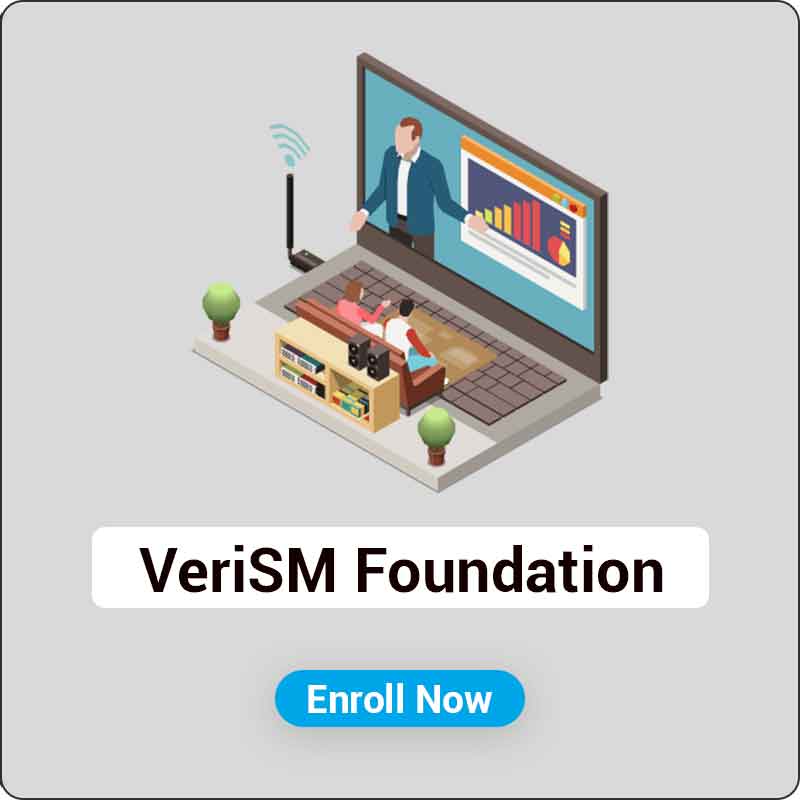
.jpg)

.jpg)
.png)
.png)

Student feedback
Reviews